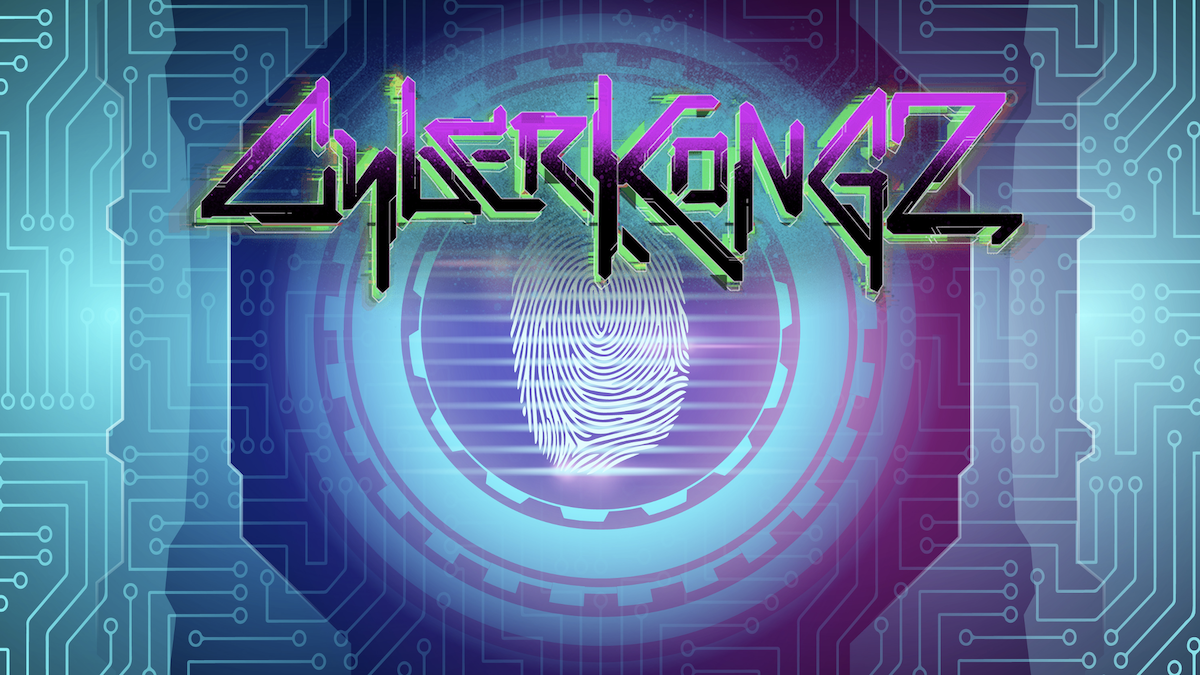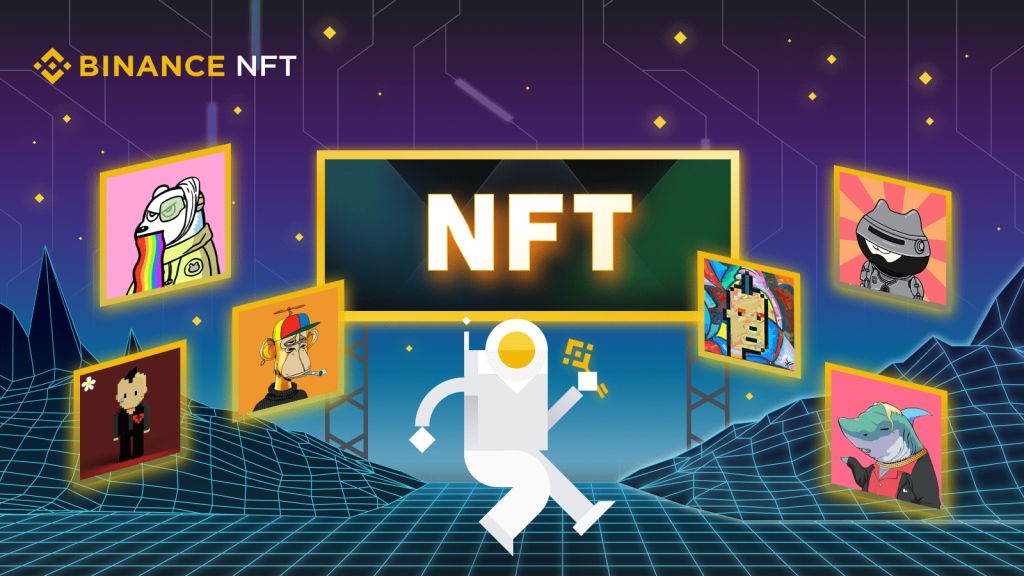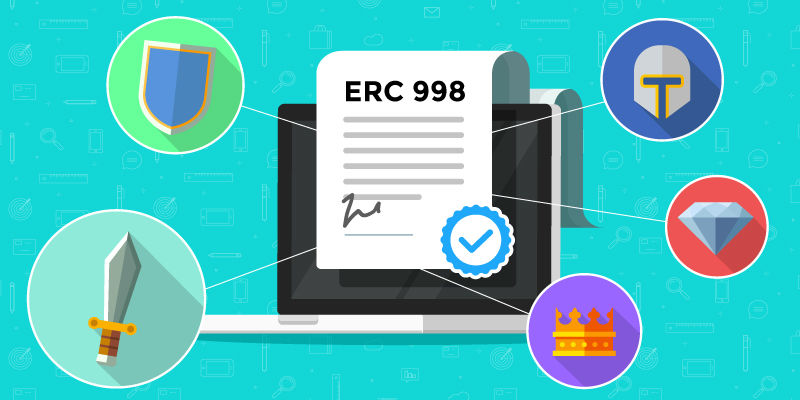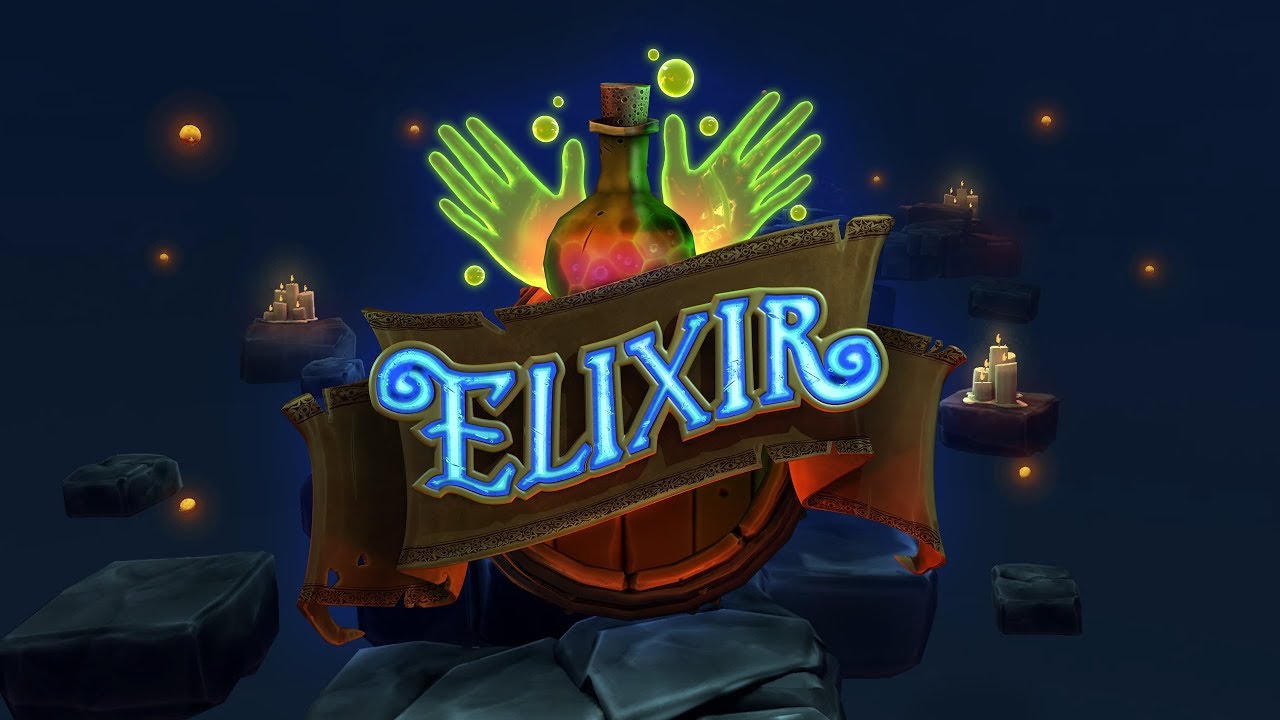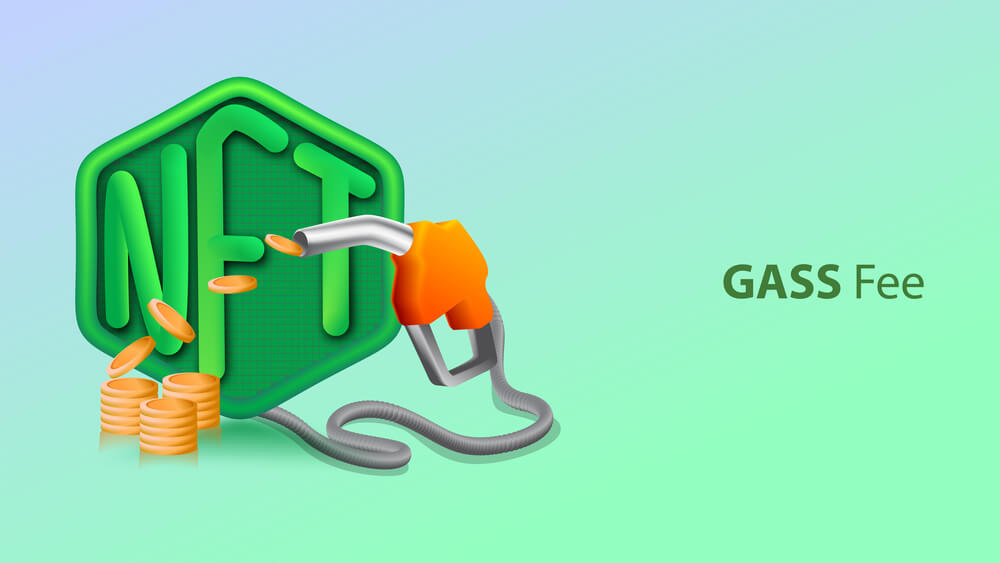CyberKongz, the Ethereum-based nonfungible token (NFT) collection, has introduced ERC-721x, an enhanced token standard meant to improve NFT security with various features including a ‘Guardian Contract’.
The creative minds behind the CyberKongz project, a famous Ethereum-based NFT collection, have unleashed a stronger version of the renowned ERC-721 nonfungible token standard, called ERC-721x. This token standard has been well-designed to enhance security for NFT holders. Fundamentally, it empowers users to engage in non-custodial staking and assign a ‘Guardian’ that provides two-factor authentication (2FA) protection for all transactions.

In an official announcement, CyberKongz highlighted the new feature, stating:
“The Guardian Contract allows you to enjoy the convenience of a hot wallet while adding the security of a cold/hardware/multi-sig wallet on top.”
CyberKongz Strategy To Guarantee NFT Security
Interestingly, the Guardian Contract feature increases its protection against scams that particularly target token approvals or exploit users’ seed phrases. It also provides a safety net for assets that are stored on a hardware wallet. The need for these massive security measures is underscored by multiple hacks in the last several years.
This ERC721x standard, complete with its advanced ‘locking’ and ‘guarding’ features, was initially conceived and introduced by OwlofMoistness, CyberKongz’s lead Solidity Developer, in 2022.
Technical Aspects Of The ERC721x Contract
The ‘locking’ layer of the ERC721x uses a lock registry network that is highly compatible with the standard ERC721. The feature needs minimal gas and enables whitelisted addresses to secure assets immovably. This strategy lets assets participate in parallel staking across many networks without users losing ownership.
Interestingly, the ‘guarding’ element works in the same way as ‘locking.’ Instead of the initial wallet securing the nonfungible token, a second wallet, designated as the ‘Guardian’, is offered the authority. The Guardian then locks the assets in the first wallet, offering an extra layer of security. Nonetheless, for any transfer to happen, the Guardian wallet has to approve it, fundamentally implementing on-chain two-factor authentication (2FA).
The ERC721x contract works through the ILock interface, which supports the locking and unlocking of assets within contracts that employ it. It integrates four crucial mappings: lockCount, lockMap, approvedContract, and lockMapIndex. The mappings smoothen the process of assigning, tracking, and deleting locks when needed, providing an effective system for managing the locked assets.
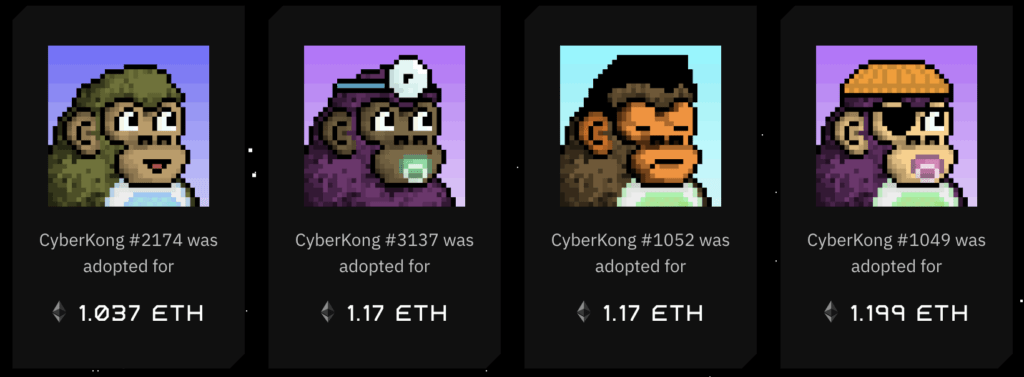
Implementing the new standard will be used in the CyberKongz Genkai mint, helping to support their currently established tradition of boosting one of the safest communities in the metaverse. CyberKongz considers this technology as a progressive move toward enhanced security within Web3.
The developers actively encourage other initiatives in the space to adopt the ERC721x standard, noting that renowned collections such as 9gag & Keungz have already implemented this standard in their offerings.
The Takeaway
Against such a backdrop of this security upgrade, nonfungible tokens (NFTs) are showing some mild signs of recovery after a long period of downside momentum. Popular collections have seen a huge drop in floor prices in the last 18 months.
CyberKongz’s introduction of ERC-721x represents a huge stride in boosting the security and efficiency of NFT transactions. The move might steer the NFT market toward a highly secure and resilient future.

